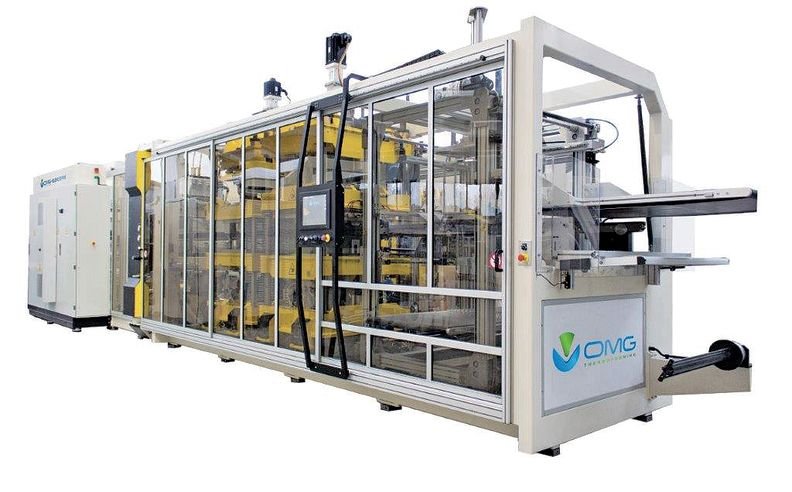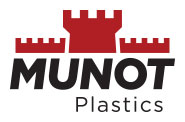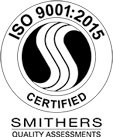
As technologies continue to develop over the years, industries evolve and grow along with them. This is especially true for thermoform tooling, which has seen many improvements in response to advances in science and innovation. Here's a breakdown of six innovations, trends, and advancements that are shaping the future of thermoforming processes.
Machine Learning
Machine learning is revolutionizing thermoforming by allowing for greater defect detection, accuracy, and production efficiency. Companies can now harness artificial intelligence and data analytics to optimize their processes. This innovation contributes to enhanced productivity and allows businesses to stay ahead in an increasingly competitive market.
New Forming Techniques
Innovative thermoforming techniques are redefining how manufacturers shape plastic materials like polypropylene and PET into complex components. These methods improve surface finish and accuracy, allowing engineers to produce blister packs and medical devices with more complicated designs.
Advanced vacuum forming strategies also enable precise control of pressure and heat, producing intricate prototypes with less raw material consumption. In addition, pressure-forming innovations are allowing businesses to thermoform products with more detailed textures. By leveraging modern innovations in forming processes, companies can better meet the specific needs of emerging markets and their goals for sustainable packaging.
Advanced Simulation Software
Advanced simulation software allows manufacturers to model polymer behavior during the heating and forming stages with unparalleled accuracy. Using this technology, engineers can forecast energy use, reduce fuel consumption, and cut waste before physical production begins.
This capability shortens product development timelines and can potentially improve investment returns. The development of new simulation programs supports a faster and more research-driven approach to developing products.
Hybrid Techniques
Hybrid manufacturing techniques combine traditional thermoforming with advanced technologies like 3D printing to improve design flexibility. This approach allows manufacturers to produce complex polymer components with precise geometry and minimal waste, which benefits the processes of countless industries.
By integrating vacuum and pressure-forming with digital fabrication, companies can greatly reduce the need for separate processes, lowering costs and shortening lead times. A hybrid approach aligns with current trends in smart manufacturing and sustainable packaging.
Sustainable Materials
The shift toward sustainable materials in thermoforming is driven by a greater demand for environmentally friendly products across various industries. Innovations in bio-based thermoplastic and recyclable polymers help reduce environmental issues caused by plastic pollution.
Companies are increasingly using sustainable material options for their packaging to replace traditional, less environmentally-friendly options. This movement toward sustainable practices is shaping future strategies and market segmentation.
Energy Efficient Manufacturing
Energy efficient manufacturing techniques are transforming how thermoforming processes are designed, especially in the production of sealed air food packaging and clamshell containers. Through robotics and smart infrastructure upgrades, companies can reduce energy consumption and lower operational costs. These advancements in methodology not only support energy conservation but also align with global sustainability goals.
Turn to Munot Plastics for Advanced Thermoforming Solutions
At Munot Plastics, we employ advanced thermoform tooling technologies to create the perfect packaging solutions for our clients. If you're interested in custom clamshells, plastic blisters, trays, or other products, give us a call to discuss your design needs.


